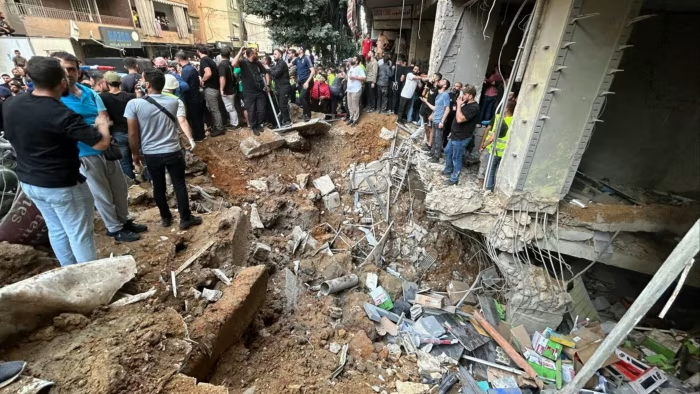ISIS group has undergone various transformations throughout the years. The roots of group can be traced back to the developments after the US war in Iraq two decades ago. The group’s formation realized through a collaboration between an al-Qaeda affiliate and remnants of Iraq’s defunct Baath party.
With the goal of establishing an Islamic monarchy, the group flourished tremendously, establishing itself in extremism-fertile areas of central Iraq. ISIS’s polished marketing, which has become increasingly forthright in its religious declarations, has surpassed its predecessor’s blurry images. With its advanced, well-edited ads, the new organization gained converts.
The group expanded gradually and broadcasted its conquests throughout the globe in high-definition clips that worked as recruiting tactics. By 2015, they had seized control of a region of Iraq and Syria that was the size of many European nations.
The fresh caliphate levied taxes, established a public sector, and now had its own administration and economy. The overturn of the ISIS reign took much time and military collaboration of major military powers.
ISIS has been able to conduct a growing number of strikes in both countries during the past year despite being down, but not out. These developments peaked in attack on a jail by scores of fighters in an audacious effort to release ISIS prisoners.
The subsequent seven-day combat between ISIS and militants from the Kurdish SDF meant more than news headlines. Despite these well-planned operations, ISIS no longer maintains control of the land and had to change its policy as a result.
An existential metamorphosis in the ISIS following 2019 annihilation has never been out of sight. Considering the lingering extremist beliefs and fertile soils like Afghanistant, the emergence of ISIS from the ashes is a possibility. Taliban has basic rifts, but also shares many analogies with the ISIS group.
ISIS in Afghanistan
The allure of a consolidated caliphate has faded. ISIS victories are few and Scattered, with hubs all across the world. Young combatants no longer pour in from the Western nations, recruiting is more slow and largely stems from the local populace.
Turkey, which used to be a transport hub for terrorists on their way to Iraq and Syria, is now much more attentive. Domestic intelligence services have done a far better job in spotting possible recruitment and preventing volunteers from leaving the country.
Nonetheless, brutal attacks continue and are hailed as propaganda victories. One example is an ISIS Afghanistan branch operation on Kabul airport on last year during the evacuation of US forces.
The formation of Taliban’s “Islamic Emirate of Afghanistan” has hampered ISIS’ worldwide media campaign in various respects. The Islamic State in Khorasan Province (ISIS-K or ISKP), an Afghan offshoot, has a series of major, bloody assaults in the nation.
As the Taliban gained grip on power, confrontations between the rival sides became more frequent. The Taliban launched a rapid onslaught in 2021, capturing the rest of the Afghanistan in only a few weeks. ISIS organizers have no choice but to pay members to implement the terrorist operations. The majority of attacks targeted Shiite mosques in an attempt to manipulate the country’s religious differences.
ISIS and Taliban are now fighting to survive in a critical battle. After years of violence, the Taliban is in urgent need of stability. The country is ravaged by starvation and the Taliban regime needs to address the social well-being.
ISIS-K has exploited Taliban’s respite to focus on strengthening its position in Afghanistan. The group is utilizing Iraq and Syria resources massively increase size in Afghanistan. The little authority over areas in the east might be a starting point.








